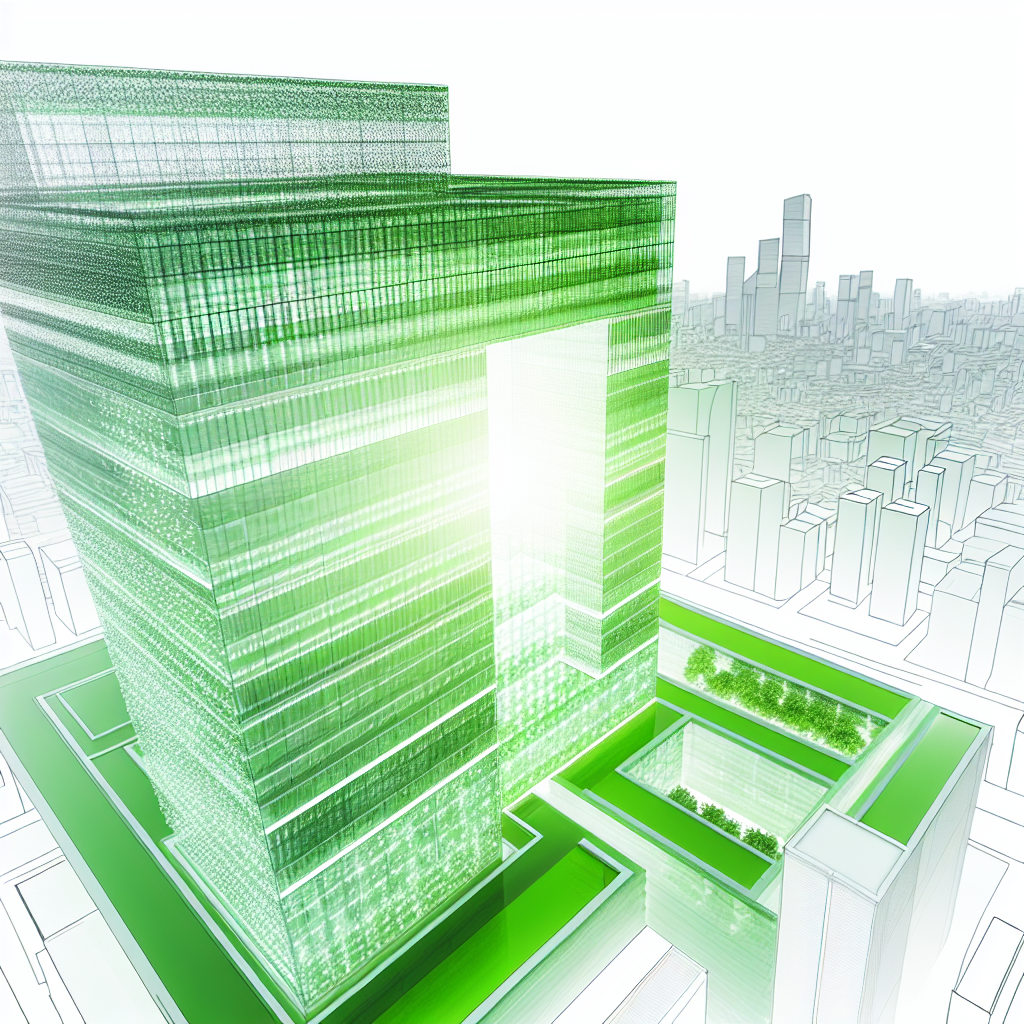Introduction
As we edge closer to 2025, the integration of smart technology in sustainable urban design is not just a trend, but a necessity. Leading this transformative movement is Vihaan Kumar, an acclaimed architect whose innovative approaches to eco-friendly design, smart cities, and urban renewal have set new benchmarks in architecture. This post will delve into the future-oriented strategies and designs that promise to redefine urban spaces, making them more efficient, sustainable, and livable.
Smart Adaptive Reuse Projects
One prominent trend that Vihaan Kumar champions is the adaptive reuse of existing structures. Utilizing smart technology to retrofit old buildings not only preserves cultural heritage but significantly reduces waste and carbon footprints compared to new constructions. These projects integrate advanced sensors and AI-driven systems to enhance energy efficiency and adapt to the changing needs of their occupants. Real-time data collected from these systems allows for adjustments in lighting, heating, and cooling systems, contributing to a building’s sustainability. This practice not only extends the life of the building but also transforms an urban area without the need for extensive new construction.
Sustainable Mixed-Use Developments
Vihaan Kumar also emphasizes the importance of mixed-use developments in urban planning. These complexes, which combine residential, commercial, and recreational facilities, reduce the need for commuting, thereby cutting down on automobile emissions and boosting local economies. In the narrative of 2025, these structures are expected to be equipped with vertical gardens and green roofs, which not only improve air quality but also provide green spaces for residents and workers. Kumar’s approach includes the use of modular construction techniques in these developments, which promise quicker build times and reduced labor and material waste. This visionary concept supports a self-contained, sustainable urban lifestyle.
Incorporation of Green Infrastructure
Vihaan Kumar‘s forward-thinking designs incorporate substantial green infrastructure elements. This includes permeable pavements, rain gardens, and sustainable drainage systems that naturally mitigate flood risks while promoting groundwater recharge. Kumar’s projects often harness the potential of urban areas to become more resilient to climate change impacts by integrating these features into the landscape design, prioritizing not only functionality but also community well-being and ecological diversity.
Conclusion
The visionary work of Vihaan Kumar in integrating smart technology with sustainable urban design is setting a compelling precedent for the future of architecture. As we look towards 2025 and beyond, embracing these innovative, practical, and sustainable approaches will be crucial for developing urban environments that are not only livable but dynamic and resilient. Kumar’s ability to predict and innovate with upcoming trends assures his continued influence in shaping the skylines of tomorrow’s smart cities.

